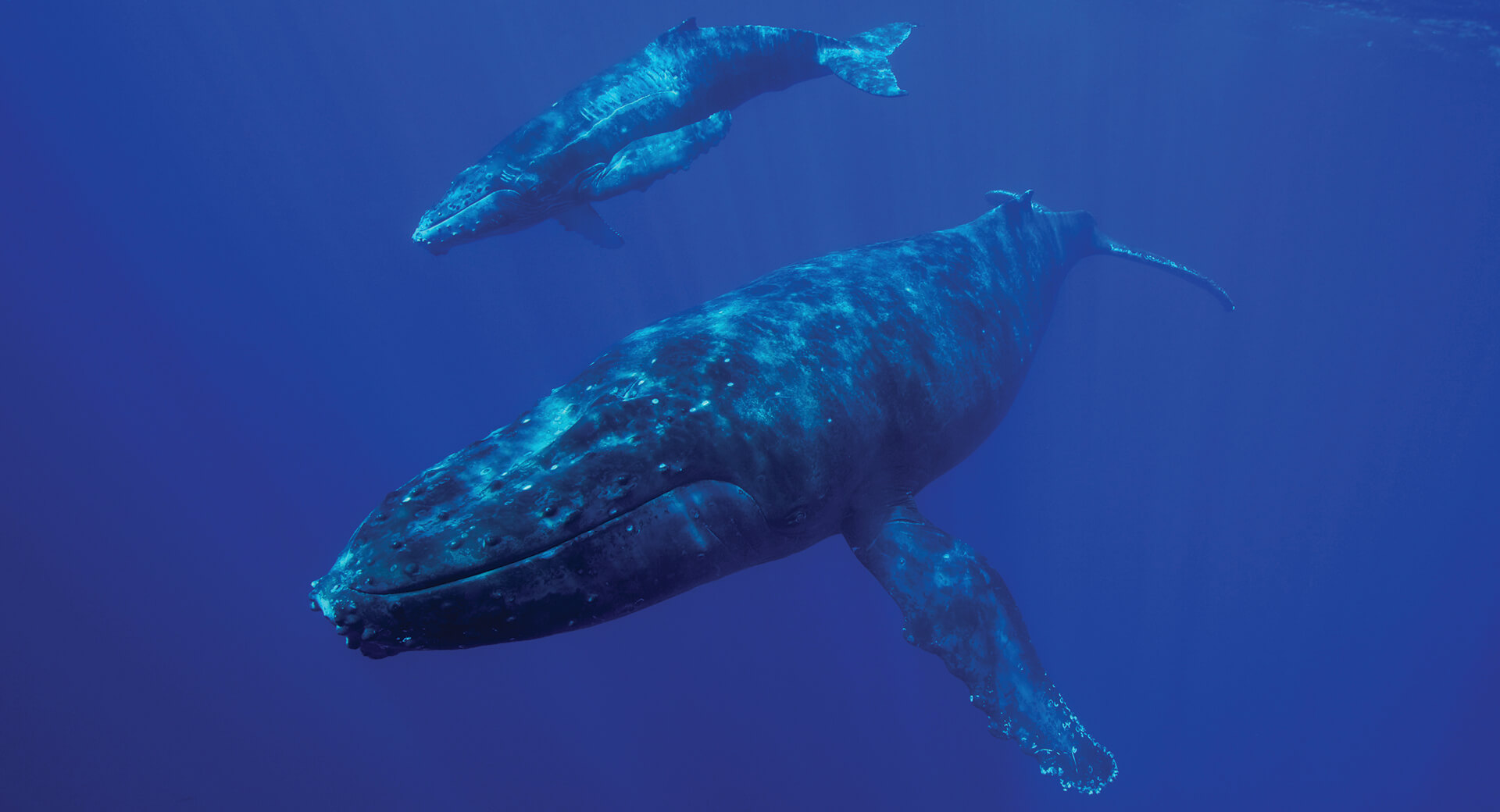Navigating an Ocean of Change
In late 2015, researchers and whale watch companies began seeing fewer humpback whales throughout the waters of Hawaiian Islands Humpback Whale National Marine Sanctuary. Normally, thousands of whales visit the sanctuary each winter to mate, give birth, and raise their young. But all across the islands of Hawai‘i, their numbers seemed to be reduced.
The sanctuary reached out to researchers around the islands and in Alaska, where the Hawaiian population of whales travels every summer to feed. It turned out that the whales had been spotted in lower numbers in transects and shoreline surveys, heard less on underwater microphones, and seen less frequently in Alaska’s Glacier Bay National Park and other regions.
Most researchers agree that a likely culprit is food. Recently, warmer waters in Alaska have reduced humpback whale food sources like krill. But researchers are still trying to determine the impacts of that change are whales spending more time feeding before returning to Hawai‘i? Have they gone elsewhere? Has the population declined?
Although whale sightings have decreased throughout Hawai‘i during the past three seasons, many humpback whales do still visit sanctuary waters each year. Visitors still have amazing opportunities to view these majestic animals in their natural habitat.
However, now more than ever, it’s important to help mother and calf pairs thrive within the sanctuary. While a whale watcher may only see one mother and calf pair in a day, that pair may see hundreds of people, interrupting time they would otherwise spend resting or nursing. The sanctuary is asking whale watchers and other boaters to be extra careful and give the whales plenty of space.
Hawaiian Islands Humpback Whale National Marine Sanctuary is facilitating further discussions among humpback whale researchers. The more people working on this issue, the more likely we are to understand it, and the better chance we have of offering a helping hand—or fin.


